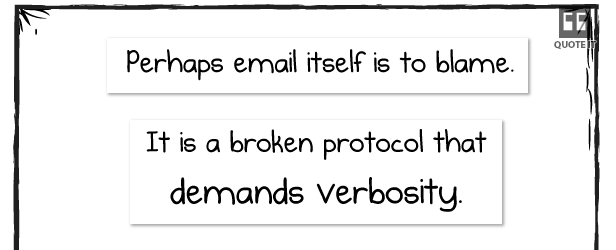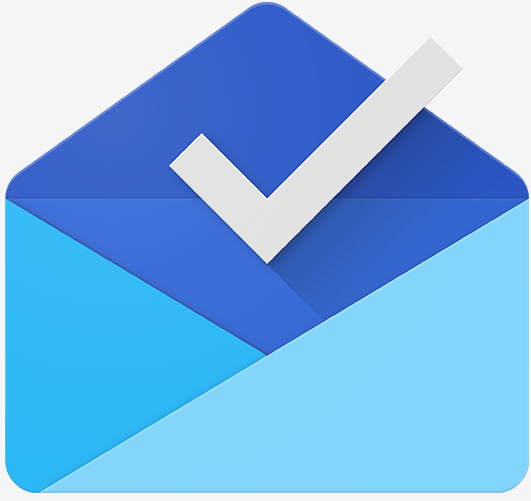Several articles have come out in the past few weeks that each in their own way offer complaints about too many demands put on all of us by that old folk demon, email. While each identifies at least some of the problems with email or uses email to some extent as a stand in for information overload or for American overwork (see chart from The Atlantic below), none really offers any solution other than to explain how you should control your email usage, you should not let it dominate your life, you should take time away from devices that give you access to email.
As per usual, most all offer a list of how one should behave. If you behave in these ways, all will be well they promise. There are two problems with this approach: First, no one can follow a set of seven plus productivity rules with any consistency for any long period of time. Second, even if you were to be able to do so, the habits and expectations of others and the practices baked into the technological infrastructure that is email would eventually overtake you.
I’m not a technological determinist, but the technologies must change and are changing. Yes I want more change more control and more channels. I am not in any way advocating a return to some falsely imagined email eden. Nor do I think as some do that getting rid of email will change our social tendency to look, perhaps too anxiously, for more and more information or to bind ourselves to our celebrated overwork ethic. I hope we do address those problems. And I hope that as technologists, we can continue to develop more and more appropriate communications and messaging technologies that are (at this point in time): highly collaborative, mobile preferred, whitelisted, terse, quick, highly interactive, context appropriate, available to all devices, and with highly manageable and customizable communications streams
With Labor Day approaching, two Thompsons (Derek in The Atlantic and Clive in The New York Times) explain that we are overworked. Email is the culprit as the titles of the articles tell us. First Derek’s “The Joys and Sorrows of Late-Night Email” gives its secret away in the URL “email-is-killing-us”; there are no joys to be had. We are tethered and sorrowful. We spend too much time even during our work hours “monitoring” our work. “We are doing this to ourselves,” Derek tells us. But there is little offered in the way of relief.

The other Thompson, Clive, is author of the wonderful “Smarter Than You Think: How Technology Is Changing Our Minds For The Better.” In his Labor Day weekend send off opinion piece “End the Tyranny of 24/7 Email,” this Thompson re-presents recent studies about how email interferes with our work and private lives citing the Daimler no-vacation-email strategy among others. Further he identifies, in one penultimate paragraph, the context collapse issue of email as well as the problem of expanded work and social expectations:
These changes can’t happen through personal behavior: The policy needs to come from the top. (If your boss regularly emails you a high-priority question at 11 p.m., the real message is, “At our company, we do email at midnight.”) And some changes may seem like matters of housekeeping, but have major repercussions, like keeping a separate email box for your personal messages. You can’t ignore your work inbox if that’s also the place where friends send you weepy accounts of their breakups.
For Clive, WE are not the problem as individuals, but as a socially and professionally dysfunctional society WE are the problem.
In a narrower field of play, Summer-Serenity Duvall (assistant professor of Communications at nearby Salem College) has banned student emails, purged the unfollowable rules and conscripted contexts for emailing her, as your professor, from her syllabus.
As someone who has followed this practice for over 3 years now, I applaud her and welcome her to #noemail. Each new semester, I give my students a #noemail lecture as a way to encourage them to think differently and more effectively about their communication technology usage.
But where, briefly, I differ from Dr. Duvall is that I am very happy to communicate, to interact, to carry my phone, to avoid departmentalization of my time. Pads, pods and lappys are all fine in class in many contexts — not all classes at all times of course.
The #noemail goal isn’t to regress or reject technology but to move to more appropriate technologies leaving the losers, like email, behind.
Let a thousand interactions bloom! But let none of them be email.












Recent Comments